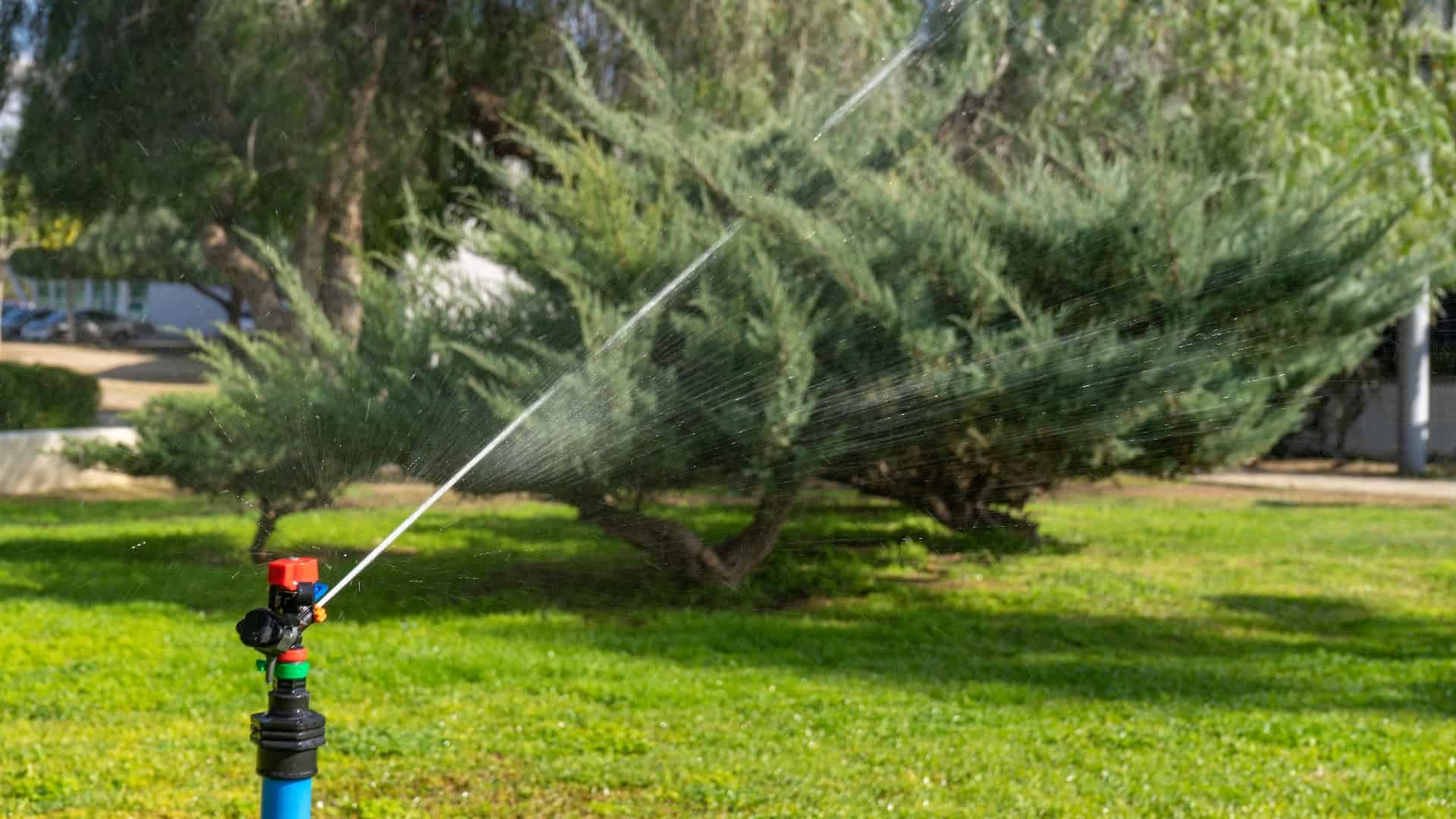A well-maintained lawn is more than just a visual delight, it’s a testament to careful planning, hard work, and consistent care. One of the critical aspects of lawn care is watering. It sounds simple enough, but there’s a lot more to watering your lawn than randomly spraying it with a hose. Proper watering techniques can mean the difference between a lush, thriving lawn and a stressed brown one. This blog post will delve into various watering techniques that promote a robust, healthy lawn. We’ll discuss everything from understanding your lawn’s needs to recognizing signs of water stress.
1. Understanding Your Lawn’s Needs
Every lawn is unique, with specific watering requirements based on the type of grass, soil composition, and local climate. It’s essential to understand these factors to provide optimal care for your lawn. For instance, cool-season grasses like Kentucky bluegrass and tall fescue typically require more water than warm-season types such as Bermuda or Zoysia grass.
Additionally, the type of soil in your lawn plays a critical role in watering. Sandy soils drain faster and need more frequent watering, while clay soils retain water longer and may require less frequent, but deeper watering.
2. The Right Time to Water
Timing is everything when it comes to watering your lawn. The best time to water is early in the morning, between 6 am and 10 am. During these hours, the temperature is cooler, and there is less wind, reducing water evaporation and allowing for better absorption.
Watering in the evening or at night can leave your lawn damp for extended periods, which can encourage the growth of fungi and other lawn diseases. If morning watering isn’t possible, the next best time is late afternoon, but ensure the grass has time to dry before sunset.
3. Mastering the Art of Deep Watering
Deep watering encourages grass to develop deep roots, leading to a stronger, more resilient lawn. This method involves thoroughly soaking the soil to a depth of about six inches, which means the water should penetrate beyond the root zone.
By doing so, you train your lawn to make use of the moisture found deep within the soil, making it less susceptible to drought. However, be careful not to overwater, as this could lead to waterlogging and root problems.

4. Frequency of Watering
How often you water your lawn is just as crucial as how much water you use. Instead of daily light watering, it’s better to water deeply a few times a week. This approach helps to establish a robust root system.
The frequency also depends on the weather conditions – during hot and dry periods, you might need to water more often. Always check the soil moisture levels before watering to avoid over-saturating your lawn.
5. Using the Right Tools
Investing in the right tools can make the watering process easier and more efficient. Sprinkler systems like the ones at Heroes Lawn Care are great for large lawns, while a simple hose-end sprinkler might suffice for smaller yards. For precise watering, consider using a soaker hose or drip irrigation system.
Remember, each tool has its own watering rate, so adjust your watering times appropriately. And don’t forget to calibrate your sprinkler system occasionally to ensure it’s distributing water evenly.
6. Conserving Water
Water conservation should be a key consideration when watering your lawn. You can conserve water by watering only when necessary, using efficient watering tools, and incorporating drought-resistant grass varieties in your lawn.
Mulching can also help retain soil moisture and reduce the need for frequent watering. Also, consider collecting rainwater in a barrel for use during drier periods, a great way to save on water bills and utilize natural resources.
7. Recognizing Signs of Water Stress
Lastly, learning to recognize signs of water stress in your lawn is vital. Symptoms include wilting, a bluish-gray color, and footprints remaining visible on the grass long after being made. If you notice these signs, it’s a clear indication that your lawn needs watering.
However, remember that overwatering can also harm your lawn, causing yellow patches or fungal growth. Striking the right balance is key to maintaining a green, thriving lawn.
Watering your lawn correctly is an art form that combines science, understanding, and a little bit of intuition. By following the tips and techniques discussed in this blog, you can create a watering routine that ensures your lawn stays lush, green, and healthy, ready to impress anyone who sees it. Remember, every lawn is different, and so are its watering needs. It may take some time to figure out what works best for your specific situation, but once you do, the results will be well worth it. So, grab your watering tools, step outside, and give your lawn the love and care it deserves. Happy watering!
